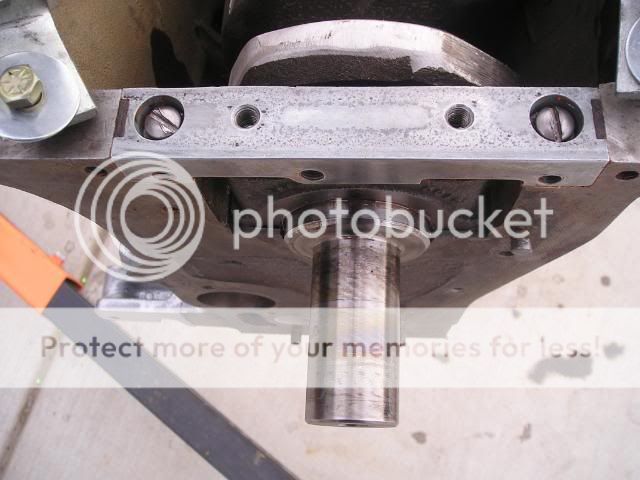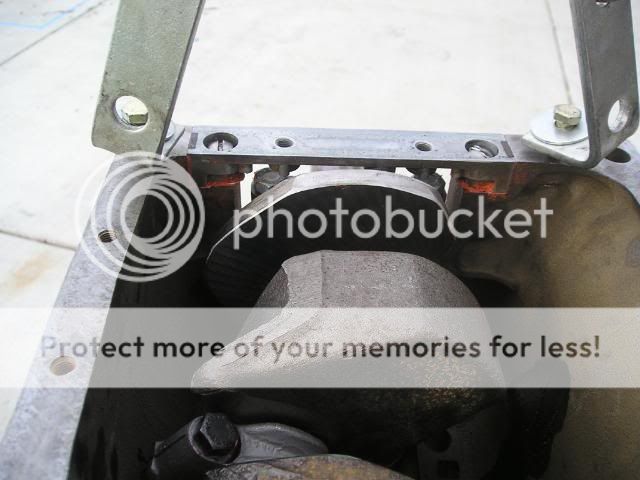2wrench
Luke Skywalker
Offline
'74 TR6
Installed the front engine oil seal. Couldn't find
specs on a requsite torque. Just cinched them down well.
Used Ultra Copper silicone gasket maker.
Tried to install new wood on either side. Wood split
and could not be used on one side. I reinstalled the
originals. They looked good and were cut to size. Also,
they appeared to be made from a plastic, possibly, but
not wood, in any case.
See pic:

This picture is showing the back side of the front engine
seal in the block. Notice a bit of the RTV (tan color) that
dried in place? Should I try to remove this? If yes, how?
Pic:

Thanks,
Installed the front engine oil seal. Couldn't find
specs on a requsite torque. Just cinched them down well.
Used Ultra Copper silicone gasket maker.
Tried to install new wood on either side. Wood split
and could not be used on one side. I reinstalled the
originals. They looked good and were cut to size. Also,
they appeared to be made from a plastic, possibly, but
not wood, in any case.
See pic:

This picture is showing the back side of the front engine
seal in the block. Notice a bit of the RTV (tan color) that
dried in place? Should I try to remove this? If yes, how?
Pic:

Thanks,

 Hi Guest!
Hi Guest!

 smilie in place of the real @
smilie in place of the real @
 Pretty Please - add it to our Events forum(s) and add to the calendar! >>
Pretty Please - add it to our Events forum(s) and add to the calendar! >> 


